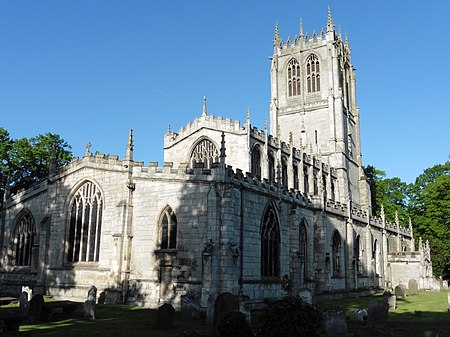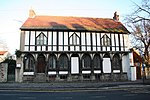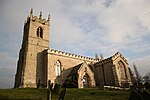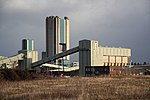Tickhill
Civil parishes in South YorkshireTickhillTowns in South YorkshireUse British English from November 2018

Tickhill is a market town and civil parish in the City of Doncaster, South Yorkshire, England, close to the border with Nottinghamshire. At the 2001 census it had a population of 5,301, reducing to 5,228 at the 2011 Census.
Excerpt from the Wikipedia article Tickhill (License: CC BY-SA 3.0, Authors, Images).Tickhill
Pinfold Close, Doncaster Tickhill
Geographical coordinates (GPS) Address Nearby Places Show on map
Geographical coordinates (GPS)
| Latitude | Longitude |
|---|---|
| N 53.43049 ° | E -1.11348 ° |
Address
Pinfold Close
Pinfold Close
DN11 9NP Doncaster, Tickhill
England, United Kingdom
Open on Google Maps







